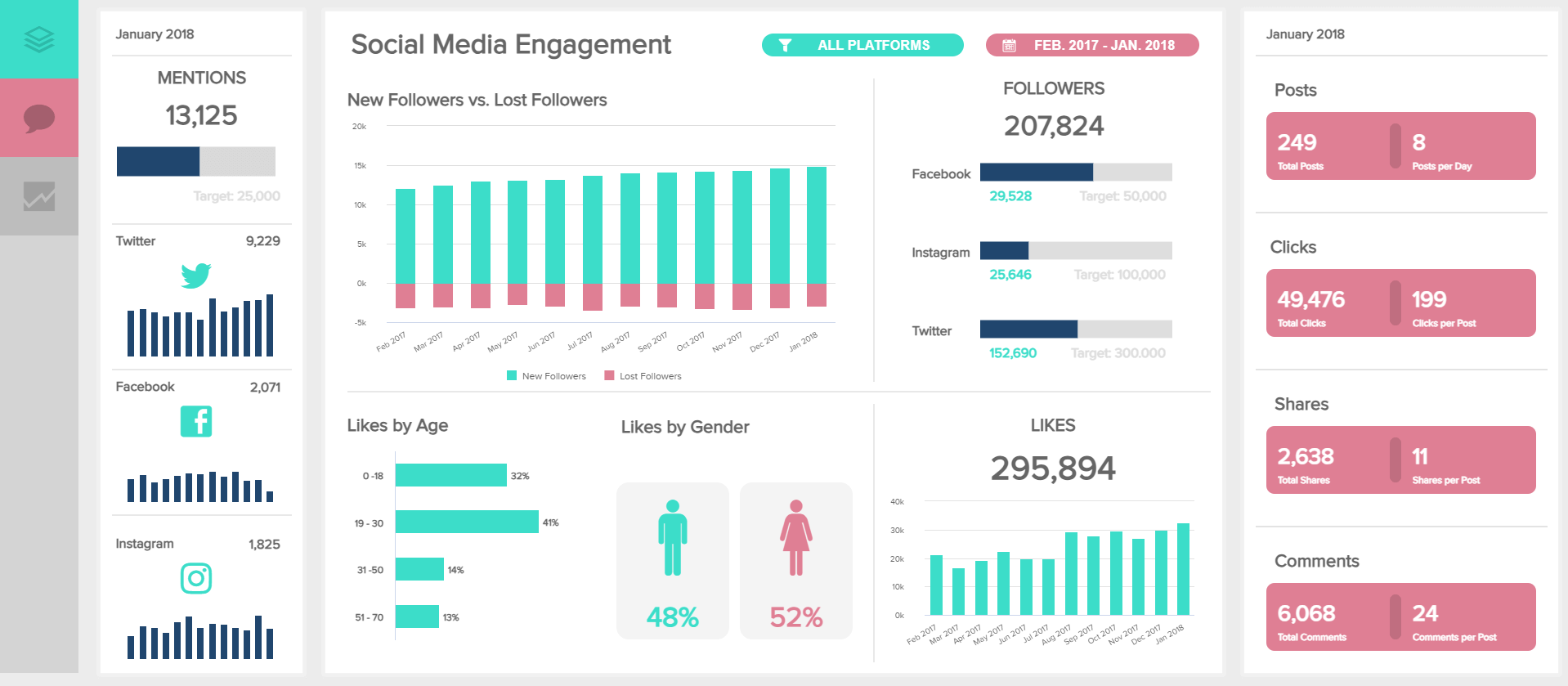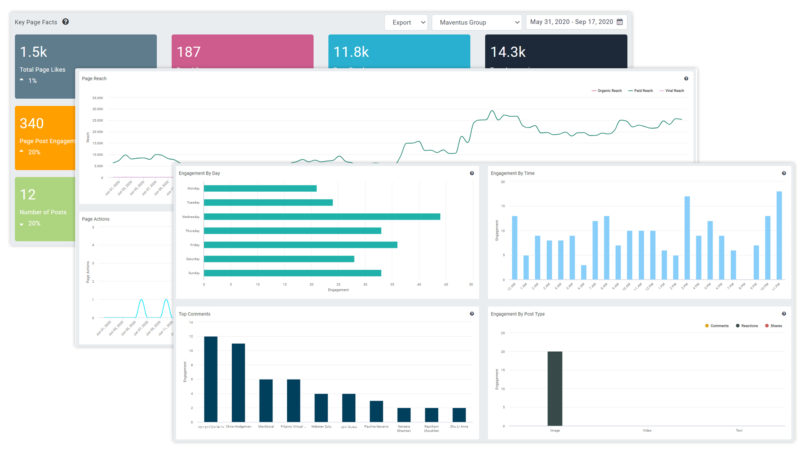In the vast landscape of digital marketing, social media campaigns stand out as powerful tools for brand visibility and engagement. However, the real magic happens when you dive into the analytics behind these campaigns. Welcome to the realm of Social Media Campaign Reporting, where data transforms into insights, steering your marketing strategy in the right direction.
What is Social Media Campaign Reporting?

Social Media Campaign Reporting is the process of analyzing and presenting data related to the performance of your social media campaigns. It involves dissecting metrics to gauge the effectiveness of your efforts and understanding the impact on your audience.
Why is Reporting Essential?
1. Monitoring Campaign Performance
A social media campaign without reporting is like driving with your eyes closed. Reporting allows you to monitor the performance of your campaign in real-time, ensuring you’re on the right track.
2. Demonstrating ROI
Return on Investment (ROI) is the heartbeat of any marketing initiative. Reporting not only measures your ROI but provides a narrative to showcase the tangible results of your social media efforts.
Types of Social Media Metrics
Understanding the metrics is fundamental to effective reporting. Engagement metrics, conversion metrics, reach, and impressions are the building blocks of a comprehensive report.
Choosing the Right Metrics for Your Campaign
1. Aligning Metrics with Campaign Goals
Your campaign goals dictate the metrics you should focus on. Whether it’s brand awareness, lead generation, or sales, aligning metrics with objectives is crucial.
2. Examples of Metrics for Different Objectives
For brand awareness, focus on reach and impressions; for lead generation, track click-through rates and conversions. Each objective requires a tailored set of metrics.
Social Media Campaign Reporting Tools
Choosing the right reporting tool can make or break your analysis. Explore popular reporting tools and understand the features that best suit your needs.
Setting Up Effective Reports
1. Designing Clear and Concise Reports
Clarity is key. Design reports that convey information effectively, ensuring that your audience can grasp the insights without getting lost in a sea of data.
2. Customization Based on Audience
Tailor your reports to cater to different stakeholders. What your marketing team needs might differ from what your executives are looking for.
Interpreting Social Media Analytics
Understanding the story behind the numbers is an art. Learn to interpret data trends, identifying patterns and areas for improvement.
Common Mistakes in Reporting
1. Overlooking Key Metrics
Don’t be blindsided by vanity metrics. Ensure you’re tracking metrics that genuinely impact your campaign goals.
2. Misinterpreting Data
Numbers can be deceiving. Avoid misinterpretations by thoroughly understanding the context behind the metrics.
Best Practices for Social Media Campaign Reporting
1. Regular Reporting Intervals
Consistency is key. Establish regular reporting intervals to track progress and make timely adjustments to your strategy.
2. Benchmarking Against Past Performances
Use past data as a benchmark for improvement. Comparing current performance to historical data provides valuable insights.
Adapting Reports for Different Platforms
Tailoring your reports for each social media platform is crucial. Facebook, Twitter, Instagram – each has its own set of metrics and reporting nuances.
Measuring the Impact of Social Media Campaigns
1. Beyond the Numbers: Qualitative Assessment
Numbers tell one part of the story. Dive deeper into qualitative assessments, such as customer feedback and comments, to understand the true impact of your campaigns.
2. Incorporating Feedback and Comments
Don’t underestimate the power of audience feedback. Use it to refine your strategy and address pain points.
Staying Updated with Industry Trends
In the dynamic world of social media, what works today may not work tomorrow. Stay updated with evolving metrics and reporting standards.
Addressing Challenges in Social Media Campaign Reporting
1. Data Privacy Concerns
As data privacy concerns rise, ensure your reporting practices align with regulations. Transparency is key to gaining trust.
2. Dealing with Fluctuations in Data
Data isn’t always steady. Learn to navigate through fluctuations and focus on long-term trends rather than short-term anomalies.
Conclusion
In the ever-evolving landscape of digital marketing, Social Media Campaign Reporting stands as the compass guiding marketers through the vast sea of data. Regular, insightful reporting is not just a necessity; it’s the cornerstone of successful social media campaigns. Embrace the metrics, learn from the numbers, and let your reporting journey be a continuous evolution toward marketing excellence.
Are you ready to take your social media campaigns to the next level? Request a demo from AIM Technologies today and discover how our cutting-edge reporting tools can transform your data into actionable insights.
FAQs
How often should I report on my social media campaigns?
- Regular reporting intervals, preferably monthly, ensure you stay on top of your campaign’s performance.
What are some common mistakes to avoid in social media reporting?
- Avoid overlooking key metrics and misinterpreting data; these mistakes can lead to misguided strategies.
Do I need different reports for different social media platforms?
- Yes, tailoring your reports for each platform is crucial as they have unique metrics and reporting nuances.
How can I measure the impact of my social media campaigns beyond numbers?
- Incorporate qualitative assessments like customer feedback and comments into your analysis.
What should I do if I encounter fluctuations in my data?
- Focus on long-term trends rather than short-term anomalies and consider the broader context.


